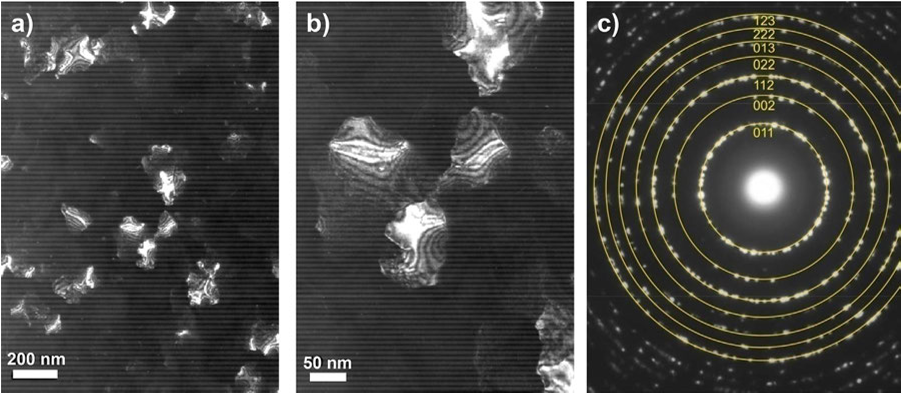Q1. What are the contributions in "Morphological and microstructural characterization of nanostructured pure α-phase w coatings on a wide thickness range" ?
In a previous work this paper, the authors have presented an overview of the relationship between the safety and Durability of Structures and Materials ( CISDEM ), UPM-CSIC, IMM-CNM, and Isaac Newton 8 PTM.


